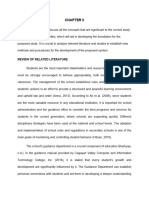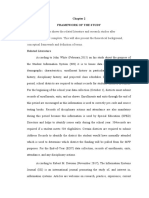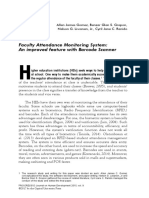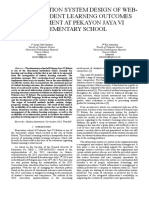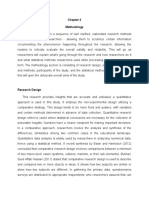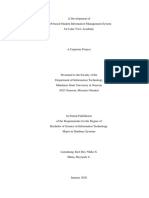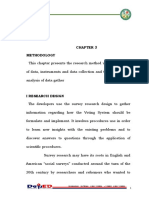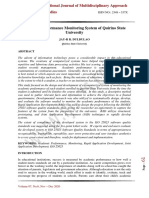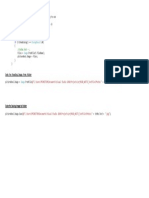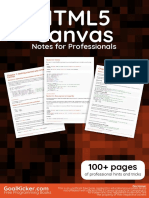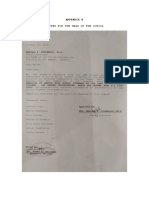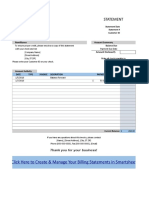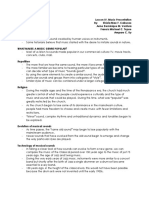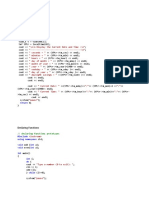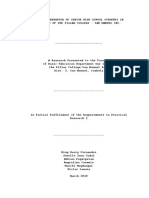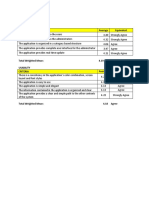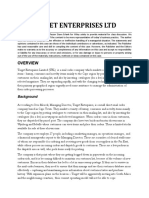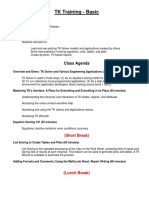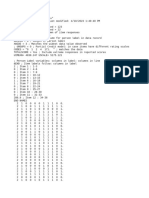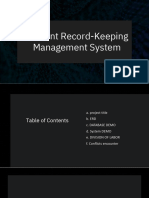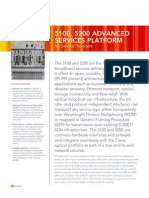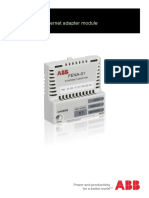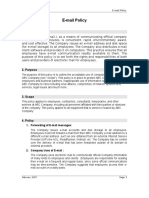0% found this document useful (0 votes)
133 views12 pagesSample Chapter 3
This document describes the research methods and procedures that will be used in a study to develop an Integrated Student Management Support System. It will use a descriptive method and agile software development process. The participants will include school staff, faculty, administrators and students. Data will be collected through interviews, focus groups, observations and surveys. The agile Scrum methodology will be employed in the software development process with phases for brainstorming, design, development, testing, and deployment.
Uploaded by
Romeo BalingaoCopyright
© © All Rights Reserved
We take content rights seriously. If you suspect this is your content, claim it here.
Available Formats
Download as DOCX, PDF, TXT or read online on Scribd
0% found this document useful (0 votes)
133 views12 pagesSample Chapter 3
This document describes the research methods and procedures that will be used in a study to develop an Integrated Student Management Support System. It will use a descriptive method and agile software development process. The participants will include school staff, faculty, administrators and students. Data will be collected through interviews, focus groups, observations and surveys. The agile Scrum methodology will be employed in the software development process with phases for brainstorming, design, development, testing, and deployment.
Uploaded by
Romeo BalingaoCopyright
© © All Rights Reserved
We take content rights seriously. If you suspect this is your content, claim it here.
Available Formats
Download as DOCX, PDF, TXT or read online on Scribd
/ 12
